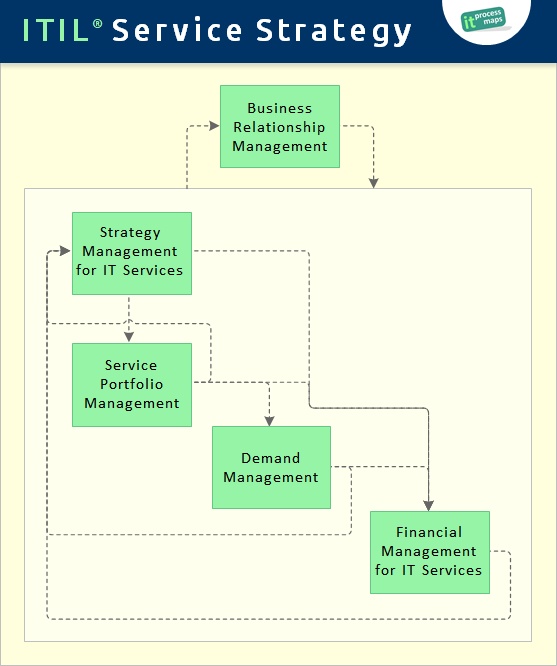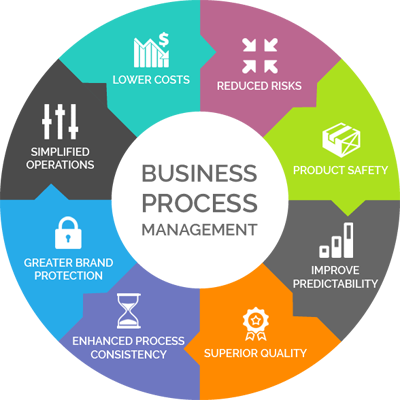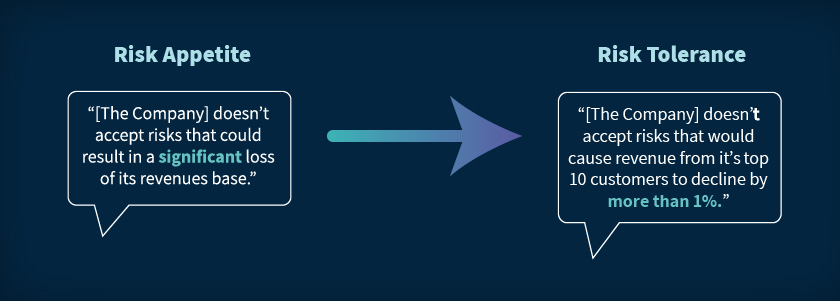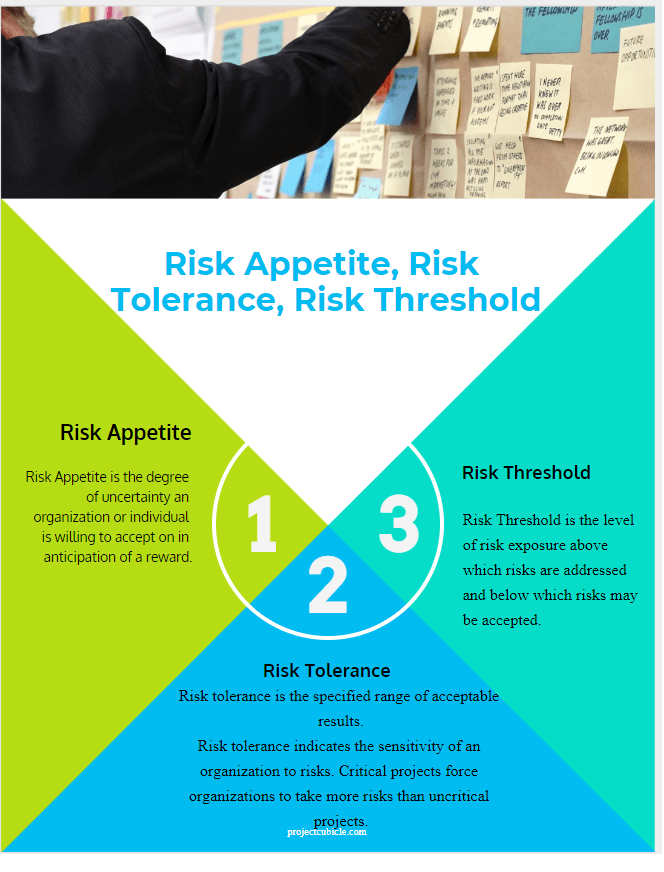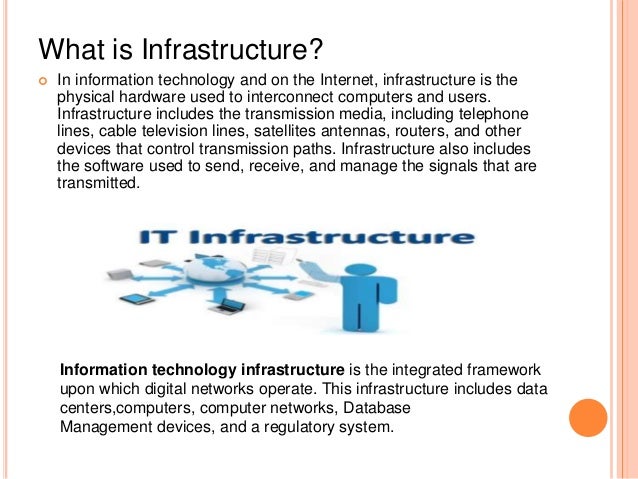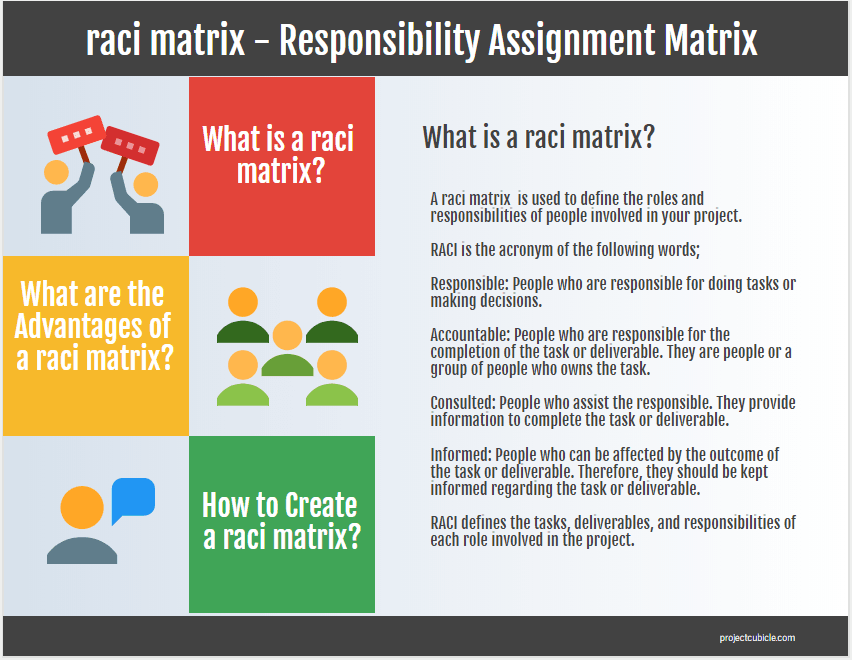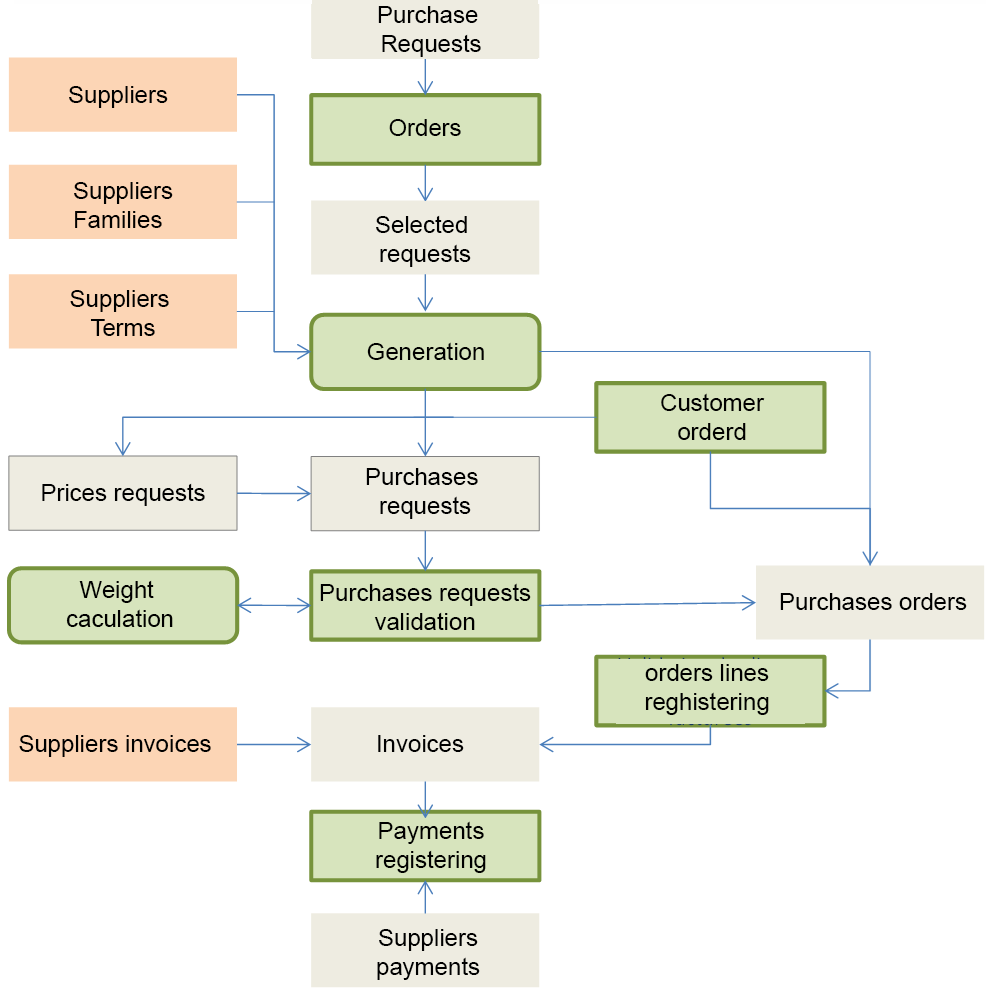Data Science is a blend of various tools algorithms and machine learning principles with the goal to discover hidden patterns from the raw data. Join Millions of Learners From Around The World Already Learning On Udemy.
 What Is Wrong With The Definition Of Data Science Kdnuggets
What Is Wrong With The Definition Of Data Science Kdnuggets
Data science combines multiple fields including statistics scientific methods and data analysis to extract value from data.
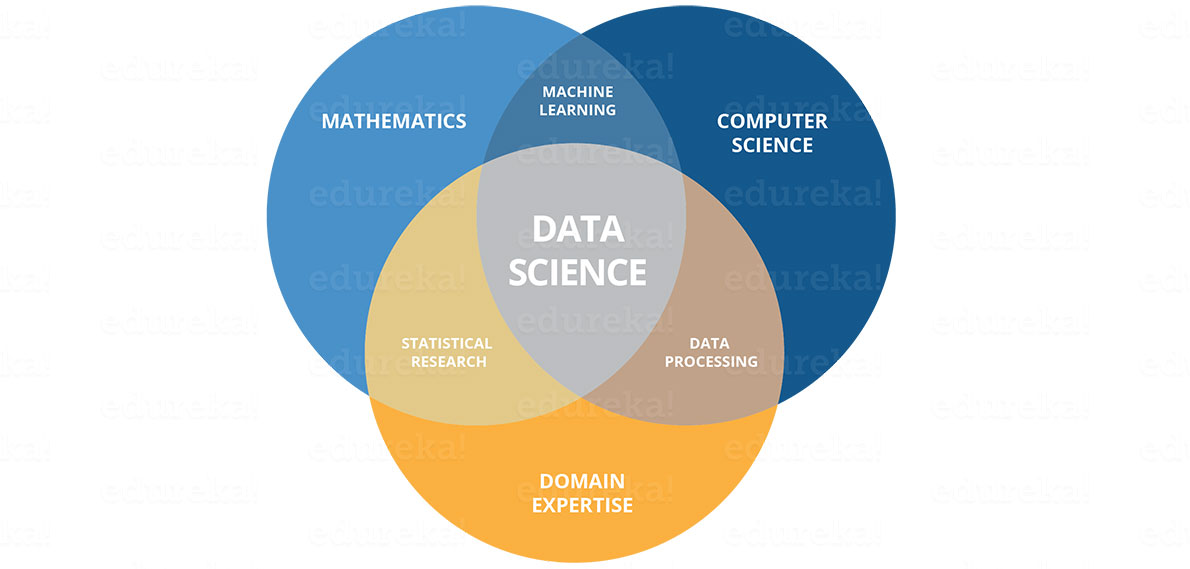
Data science definition and example. Examples of Quantitative Data. If you can measure it it can be expressed as a quantity. It is geared toward helping individuals and organizations make better decisions from stored consumed and managed data.
Here is a simple definition of data science. Ad Learn Data Science Step by Step With Real Analytics Examples Like Data Mining and Modeling. Data science is a broad field that refers to the collective processes theories concepts tools and technologies that enable the review analysis and extraction of valuable knowledge and information from raw data.
Data science incorporates various disciplines -- for example data engineering data preparation data mining predictive analytics machine learning and data visualization as well as statistics mathematics and software programming. Ordinal data is data which is placed into some kind of order by their position on the scale. The simplest definition of data science is the extraction of actionable insights from raw data.
Data Manipulation is the modification of information to make it easier to read or more structured. Definition Examples and Explanation As we mentioned above the two types of quantitative data numerical data are discrete and continuous data. Those who practice data science are called data scientists and they combine a range of skills to analyze data collected from the web smartphones customers sensors and other.
Data science continues to evolve as one of the most promising and in-demand career paths for skilled professionals. While quantitative data is easier to analyze qualitative data is also important. If we need to define ordinal data we should tell that ordinal number shows where a number is in order.
Join Millions of Learners From Around The World Already Learning On Udemy. What is Data Science. For example a data scientist may think that her goal is to create a high performing prediction engine.
Data science or data-driven science uses big data and machine learning to interpret data for decision-making purposes. Quantitative data can be expressed as numbers. Data Science is the area of study which involves extracting insights from vast amounts of data by the use of various scientific methods algorithms and processes.
Definition Examples Key Characteristics. Ad Learn Data Science Step by Step With Real Analytics Examples Like Data Mining and Modeling. For example in alphabetical order a log of data may be sorted making it easier to find individual entries.
Our guide will walk you through the ins-and-outs of the ever-expanding field including how it works and examples of how its being used today. This is the crucial difference with nominal data. Using Both Types of Data.
For example they may indicate superiority.


